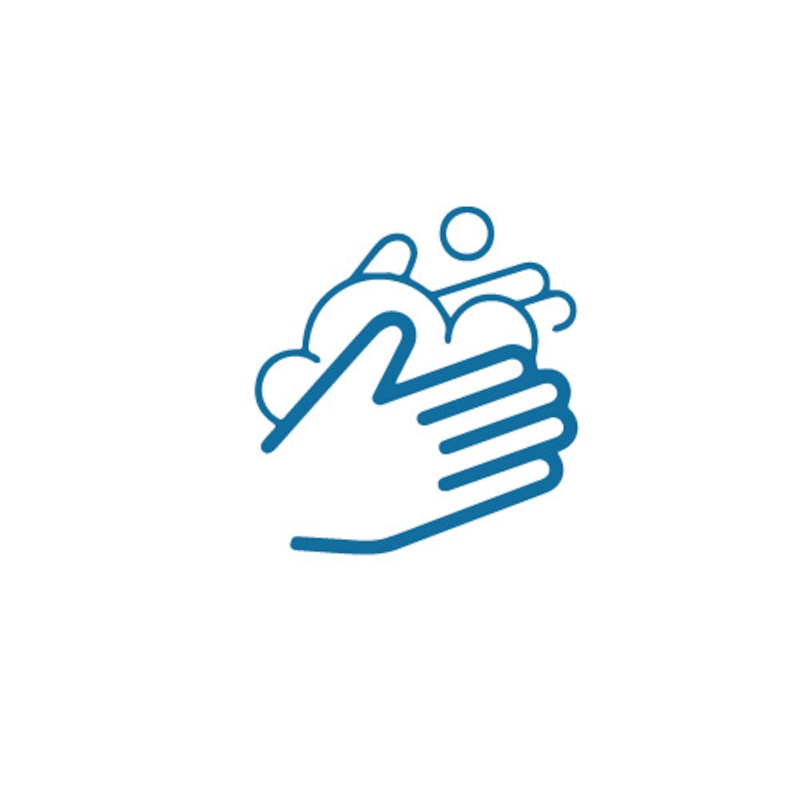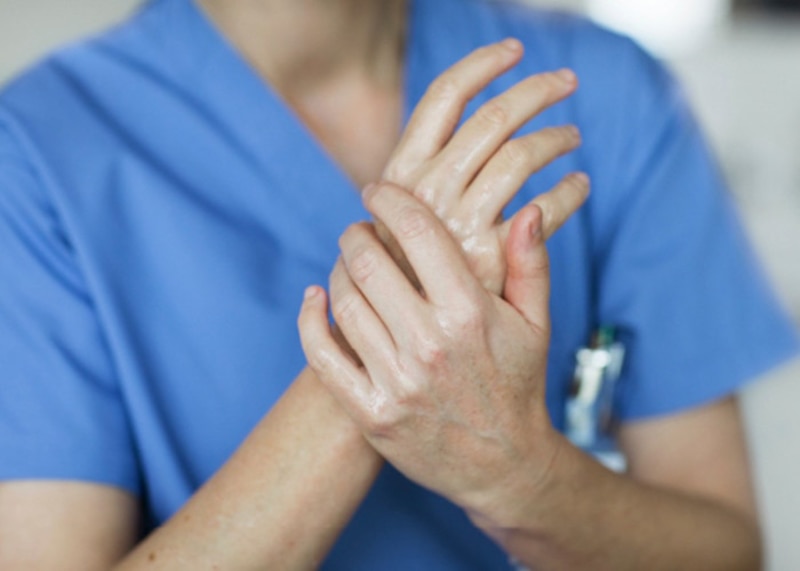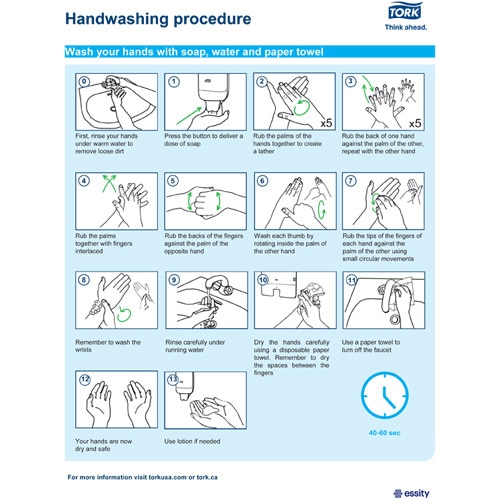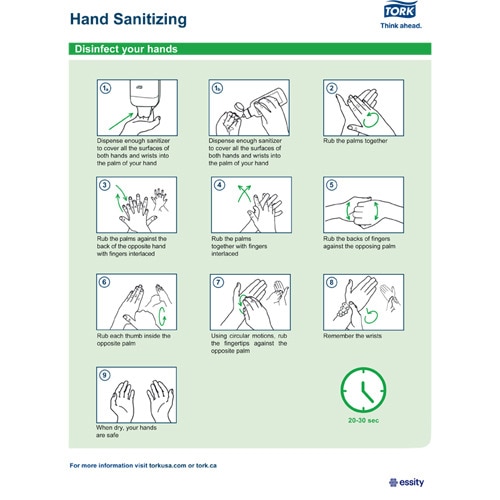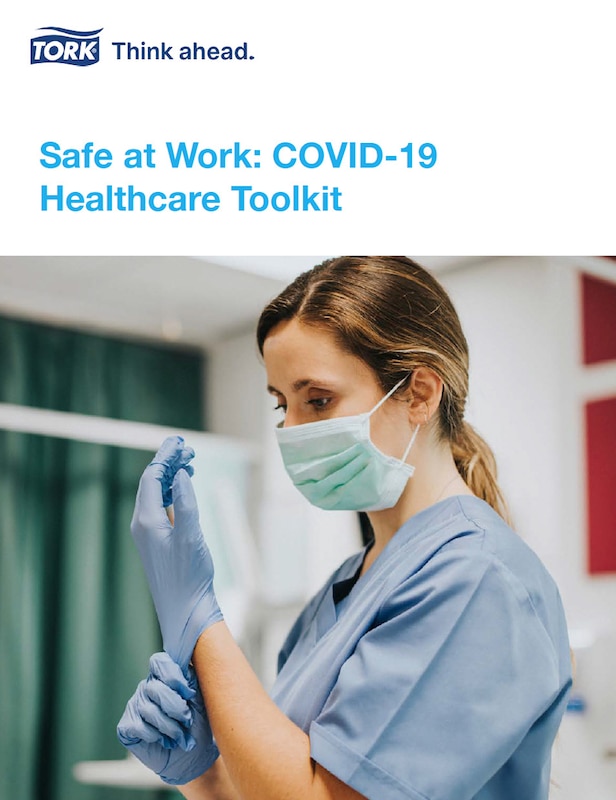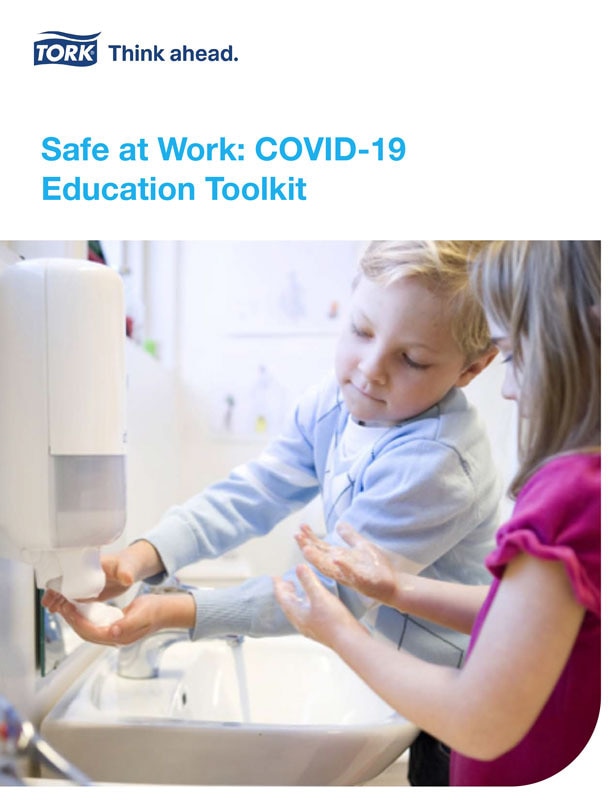Hand hygiene is one of the best tools we have to prevent the spread of infection. Watch the video to hear Carolyn Berland, PhD, share five tips on how to properly wash your hands in order to protect you and the people you care about.

Why is hand hygiene important?
Healthcare settings understand the importance of hand hygiene in preventing the spread of bacteria, diseases, and infections. You can reach hand hygiene standards in your facility with the implementation of a clear hand hygiene program. To ensure good hand hygiene standards you can perform a routine hand hygiene evaluation.
Useful tools to help improve hand hygiene and surface cleaning
The pandemic was a global crisis, and healthcare facilities should have different types of hand hygiene and priority when it comes to the supply of hand sanitizers. But, as long as you have access to water and soap, handwashing is the preferred option for you to keep yourself healthy and your hands clean.
Handwashing vs hand sanitizer
Different types of hand hygiene methods can be used to maintain high hand hygiene standards in the workplace. In general, both regular handwashing and the use of hand sanitizer are effective in maintaining good hand hygiene and preventing the spread of illnesses.
However, washing your hands regularly with soap and water remains one of the simplest and most effective defenses against illnesses, including coronavirus. The combination of soap and friction makes it easier to detach germs and dirt from your skin and rinse them away. This effectively helps reduce all forms of infectious pathogens and remove dangerous chemicals such as pesticides from your hands. Did you know that you can remove 99,9% with a complete handwash with Tork soap, water followed by drying with Tork paper towels?*
Hand sanitizers work well as an alternative to handwashing if you can’t wash your hands at the moment or if you don’t have access to clean water. It’s important to remember though that not all hand sanitizers are made the same. There are many different kinds of hand sanitizers available such as gels, foams, alcohol-based, all-natural, perfumed ones and more. So, it’s vital that you look at the active ingredient and its concentration – hand sanitizers that contain at least 60% alcohol is recommended by the Centers for Disease Control and Prevention (CDC).
How to reduce risk of infection
Harmful pathogens can enter your body via the eyes, nose and/or mouth. Here are some top tips you can follow to help reduce the risk of infection:
Create your own or download ready-made posters
Download your Tork Safe at Work toolkits
Different businesses have different hygiene needs. Download your Safe at Work toolkits below that can help support your business in creating a safer working environment for your employees.
Disclaimer
* The method used is a modified version of industry-standard method (EN1499), tested with E.coli. using Tork Mild Soap refill art. 420501 and Tork PeakServe refill art 100589.




